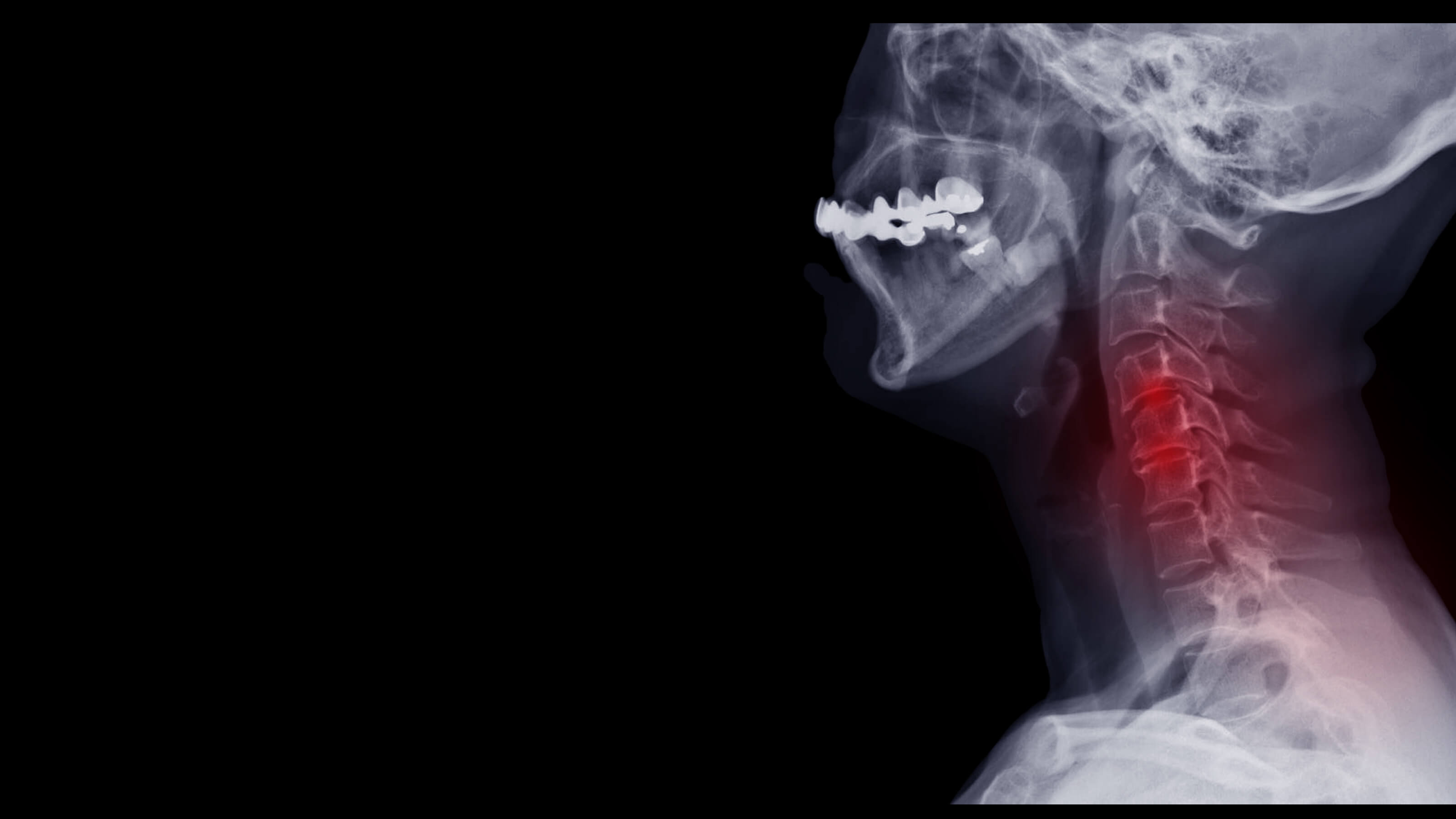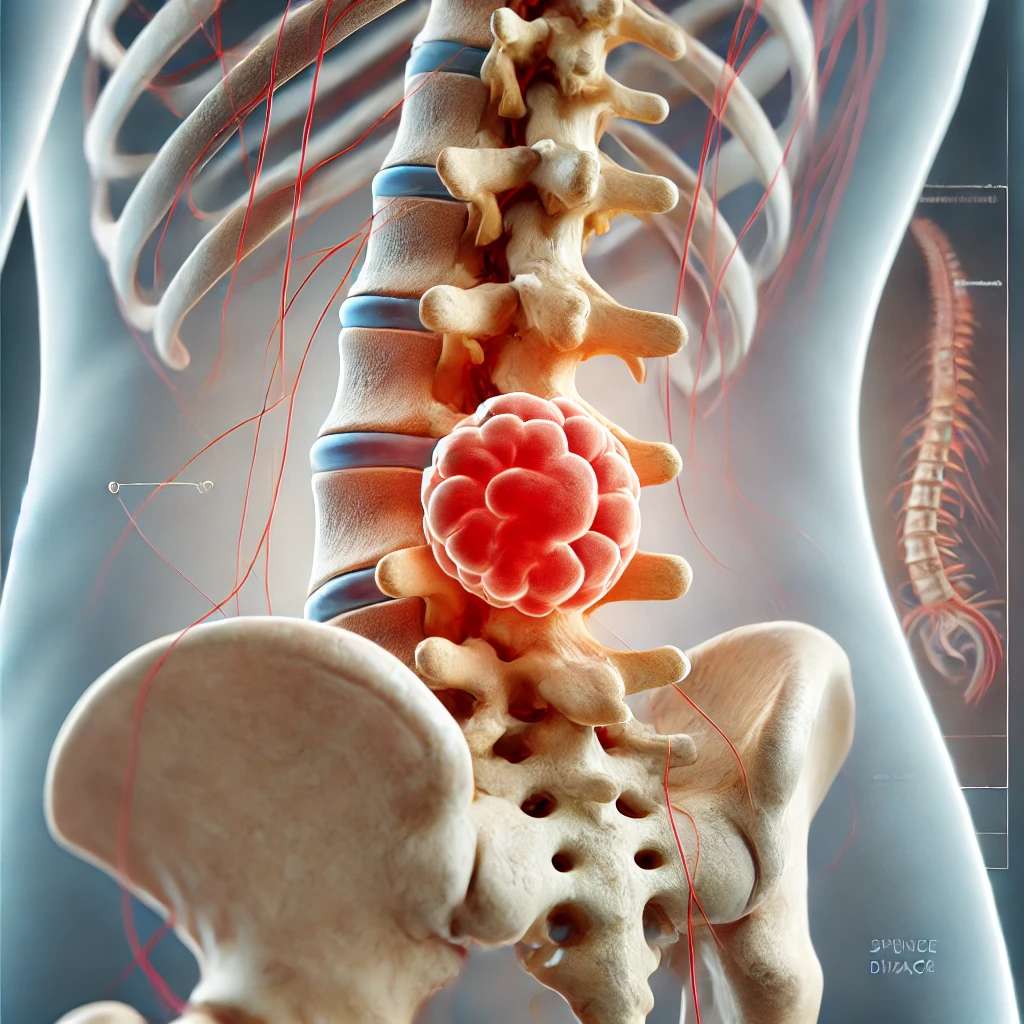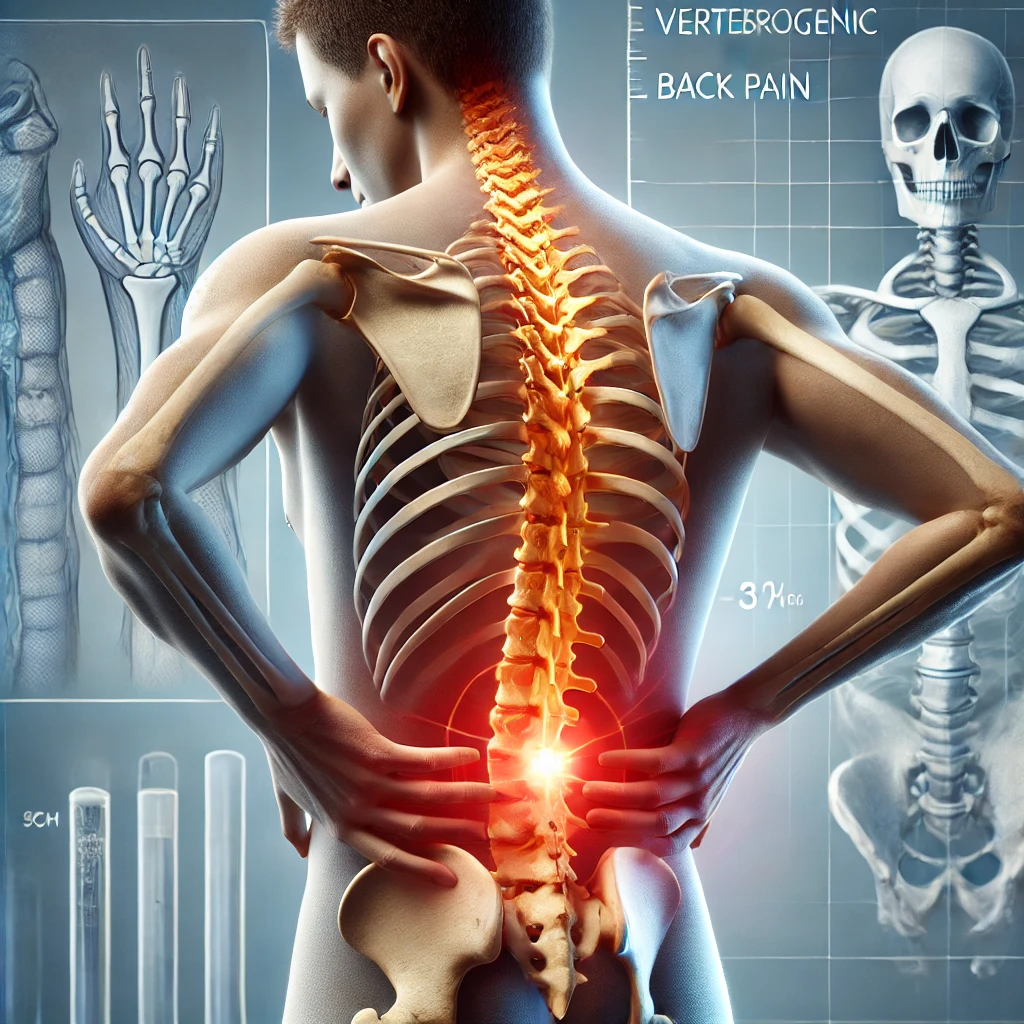Overview
Scoliosis is a condition in which the spine curves sideways, often in an "S" or "C" shape. It can affect people of all ages, but it most often develops in children and adolescents during a period of rapid growth. Mild scoliosis may not cause issues, but severe cases can lead to discomfort, limited movement, and, if untreated, lung and heart problems from spinal pressure on internal organs. Dr. Irfan Malik offers personal assistance in relieving this condition.







